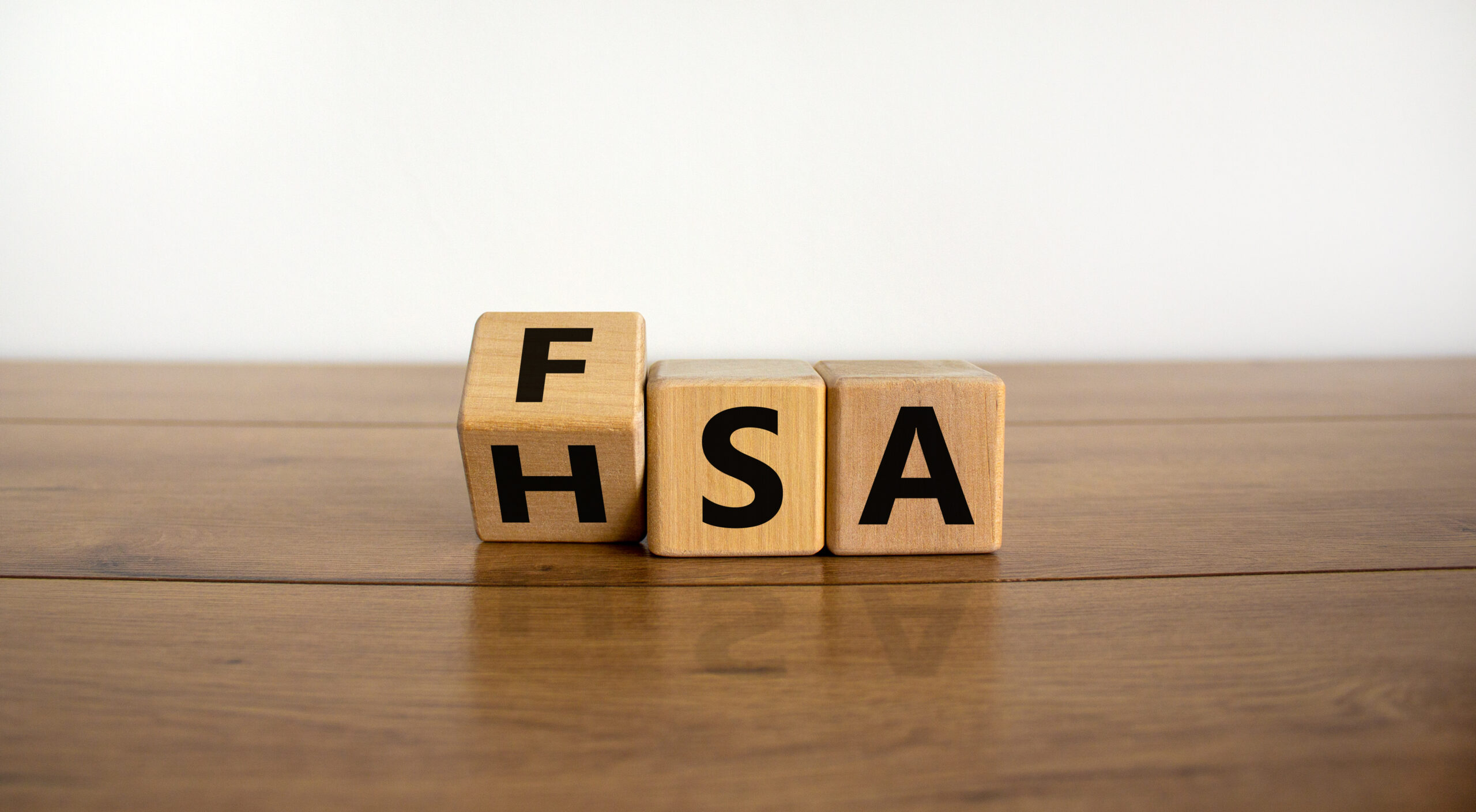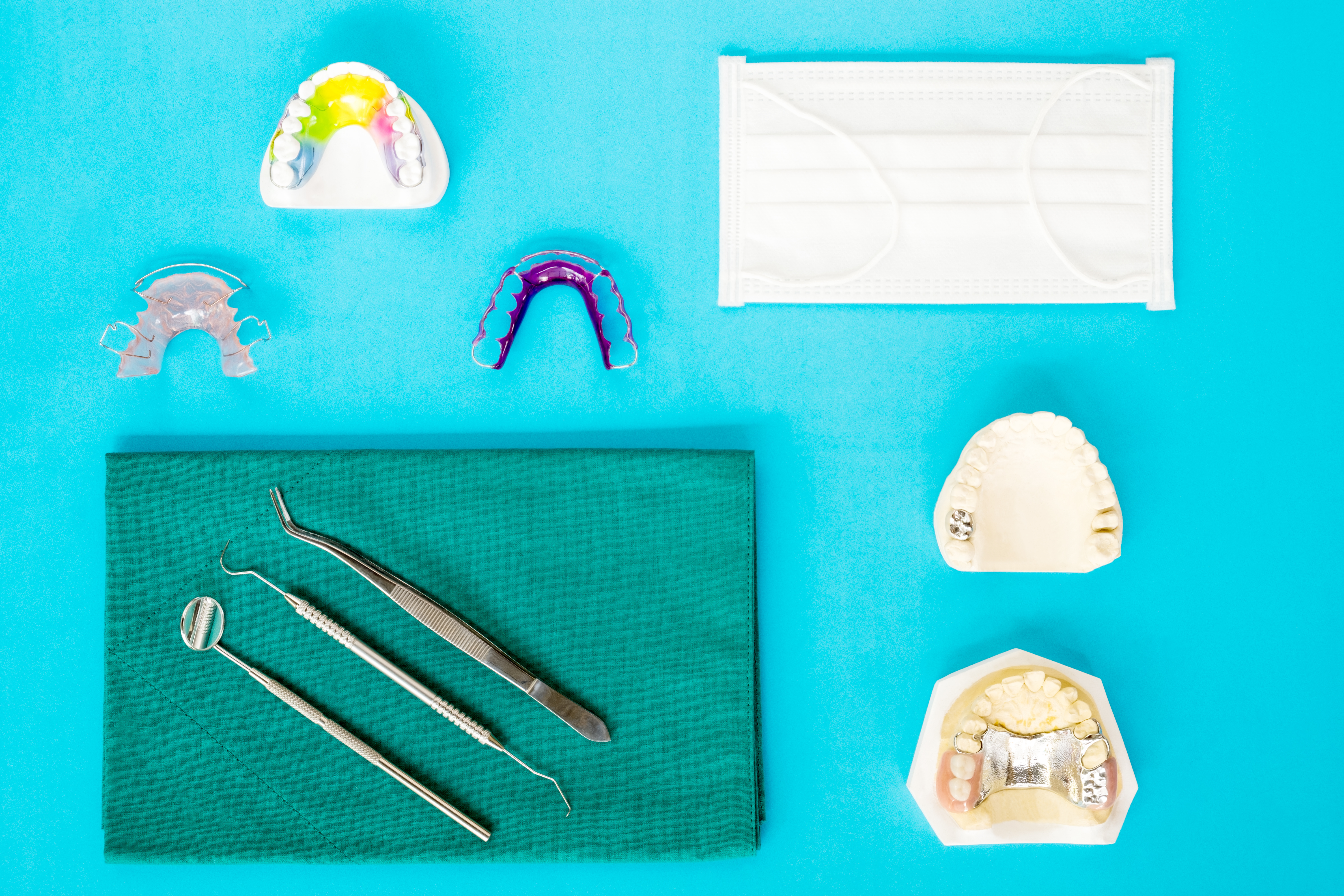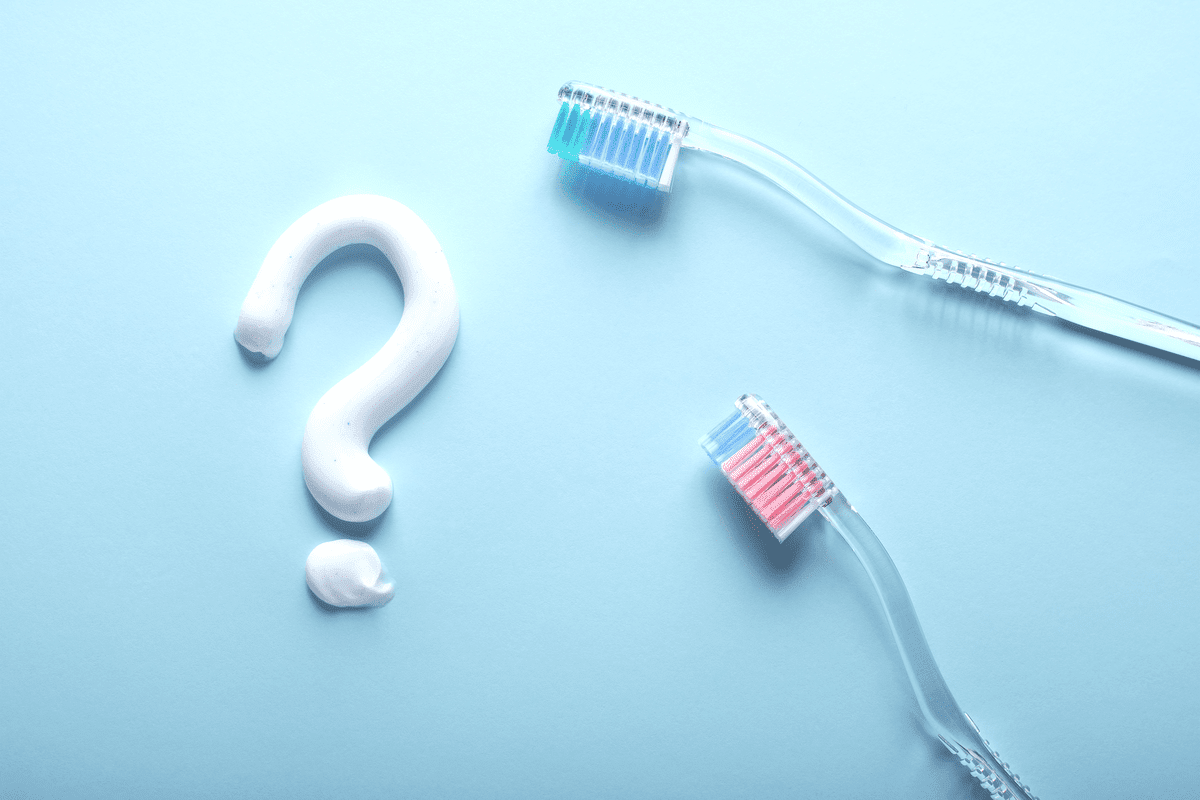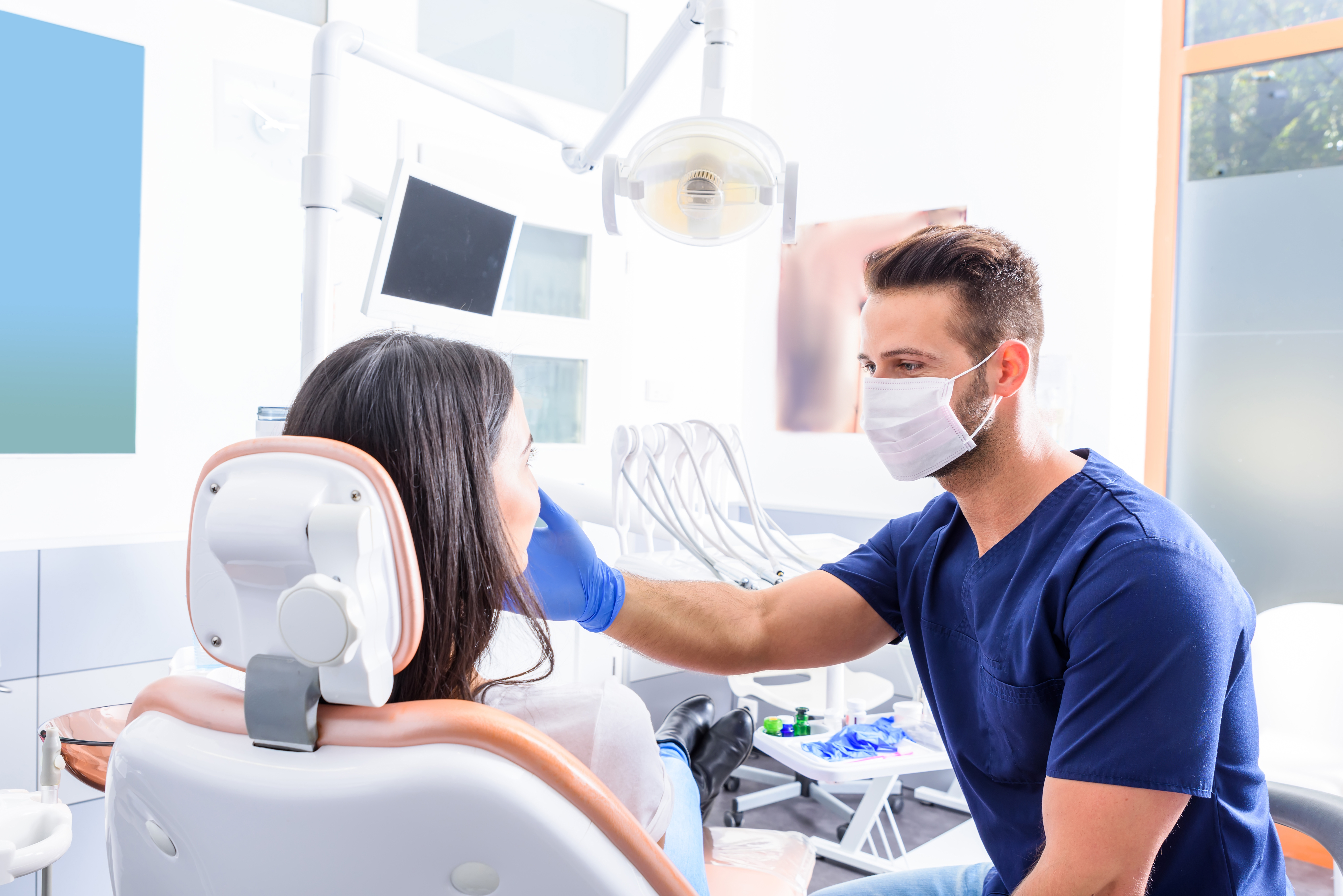
How to Use HSA Benefits to Pay for Orthodontics
In most cases, yes, you can use your HSA or FSA for eligible orthodontic treatment. Orthodontic payments(s) not paid by your insurance may be considered an eligible expense.


In most cases, yes, you can use your HSA or FSA for eligible orthodontic treatment. Orthodontic payments(s) not paid by your insurance may be considered an eligible expense.

By age 7, your child has enough permanent teeth that an orthodontist can spot a problem before it becomes… well, a bigger problem.

Unlike fingernails, teeth are permanent. What you remove won’t grow back. The protective layer of enamel you’re chipping away at is limited. Once you break through it, the damage is done.

Wondering when it’s the right time to take your child to the orthodontist? Here are three reasons you should get an orthodontist appointment for your kiddo scheduled now.

Prioritize your family’s smiles this year with these three easy steps from the American Association of Orthodontists.

Athletes are more likely to have poor oral health because they often refuel with high-acid drinks – which can weaken tooth enamel and damage teeth.

A crossbite is a type of malocclusion, or a misalignment of teeth, where upper teeth fit inside of lower teeth. This misalignment can affect a single tooth or groups of teeth.

While we understand that the discovery of white spots on your teeth may be a concern, fortunately, these white marks are entirely preventable. You can maintain a bright, spot-free smile by implementing proper care practices. Achieving and preserving your beautiful smile is more straightforward than you may realize! Orthodontics and White Spots: A Preventable Connection … Continued

One appliance is not inherently better than another. What is used for an individual’s correction will be based on the goals of treatment, and the patient’s lifestyle needs.

What Is an Excessive Overbite? While many patients seek orthodontic care due to crowded or misaligned teeth, being diagnosed with a “deep bite” can come as a surprise. A deep bite, also known as an excessive overbite, is a type of malocclusion where the upper front teeth significantly cover the lower front teeth from top … Continued